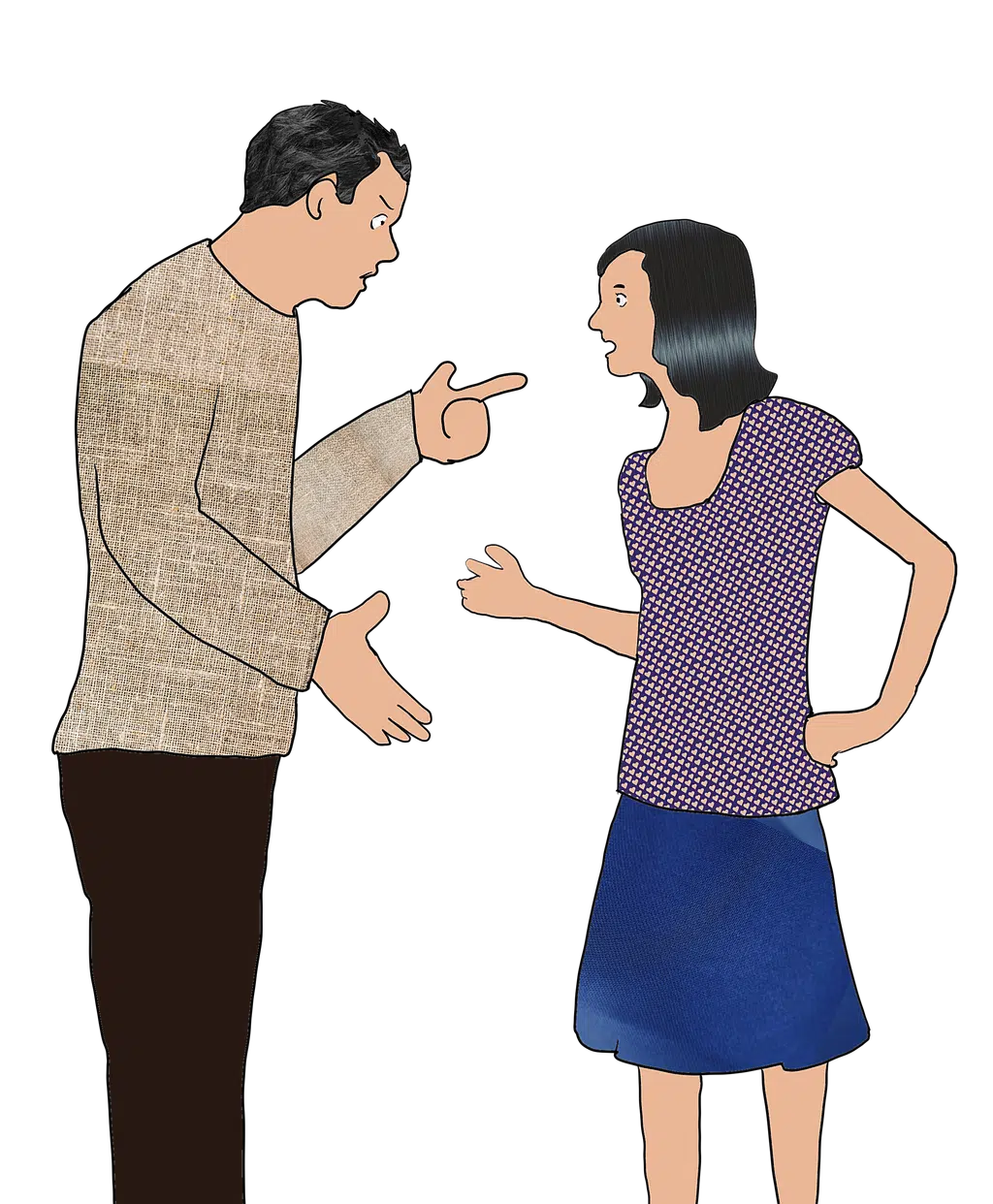
Scolding conveys anger.
A scolding is a reprimand , a warning or a lecture . When a person scolds another, they are expressing their displeasure for some action or word.
For example: “If you want to listen to my scolding, listen to me when I speak to you: I am your father” , “The ministers had to tolerate a new scolding from the president, who was furious about the latest public statements of his team” , “We have "I have to go back: if I don't get home before nightfall, they're going to scold me."
Characteristics of scolding
What a scold does is transmit anger or discomfort . Generally, the scolder intends not only to make the other individual aware of his or her discomfort, but also to demand a change in his or her behavior or attitude.
Suppose that a teacher, in class, asks her students to remain silent . A child, ignoring his request, speaks to a classmate. The teacher, in this situation, warns the student that he must remain silent. Despite this, the boy speaks again. Then the teacher is forced to scold him, highlighting that she had already asked him to remain silent. The scolding, in this case, implies a sanction and an implicit demand for a change in behavior.
Tips for parents
It is considered that when scolding children for anything they have done wrong, these tips should be followed to ensure that the action is effective and achieves the purposes for which it is carried out:
- Parents should not use any type of violence, neither physical nor verbal.
- You have to speak to them clearly, directly and with vocabulary that they can understand.
- The tone used should be normal and calm.
- It must be explained so that they can understand what they have done wrong and why their action receives that qualification.
- Adults should sit next to their children, look them in the eyes and do so in a place in the house where there are no interruptions of any kind.
- It is important that the little ones know their parents' feelings about what has happened.
- You should never resort to comparisons or disqualifications.

Scolding is important in childhood education.
The scolding like a piece of bread
According to the dictionary of the Royal Spanish Academy ( RAE ), regando is also the name given to the piece of bread that lacks a crust and that was toasted in the oven. In Andalusian gastronomy, a thin, hard bread cake that accompanies different preparations is known as regnada or regañá .
As a general rule, this type of bread is usually used to accompany everything from a charcuterie board to a plate of hummus to a bowl of olives.
In addition to all the above, we must not forget that this food, typical of Andalusian lands, can be presented in a wide variety of modalities. Thus, although these share what is the same recipe, each one may have different additions. A clear example of this can be found in any supermarket where there are simple regañás and then others that have sesame or almonds, for example.
The basic ingredients to prepare them, in short, are olive oil, salt, wheat flour, water and yeast.
